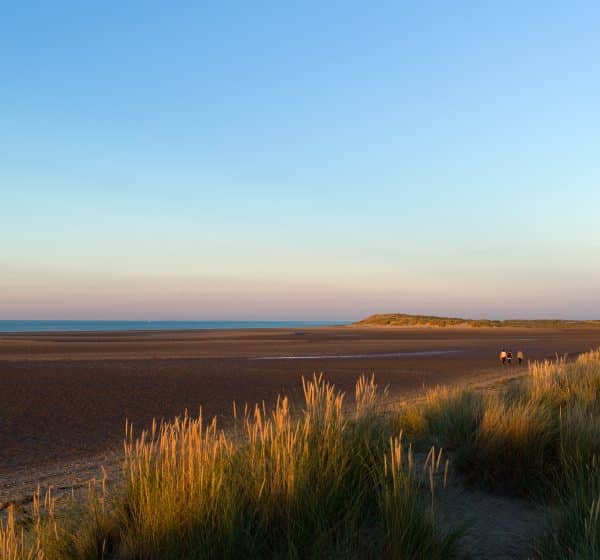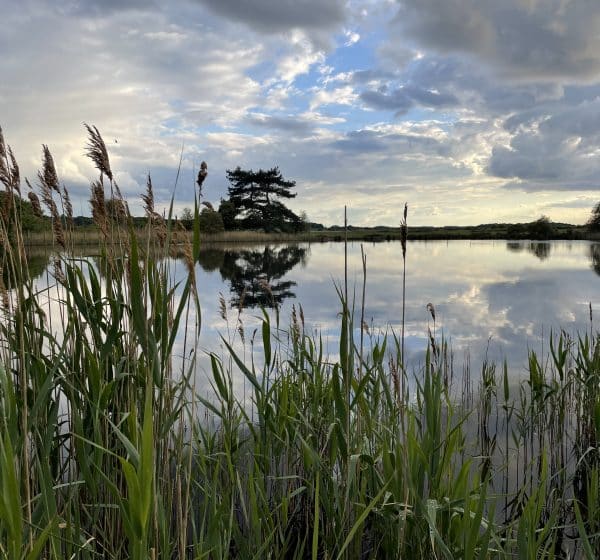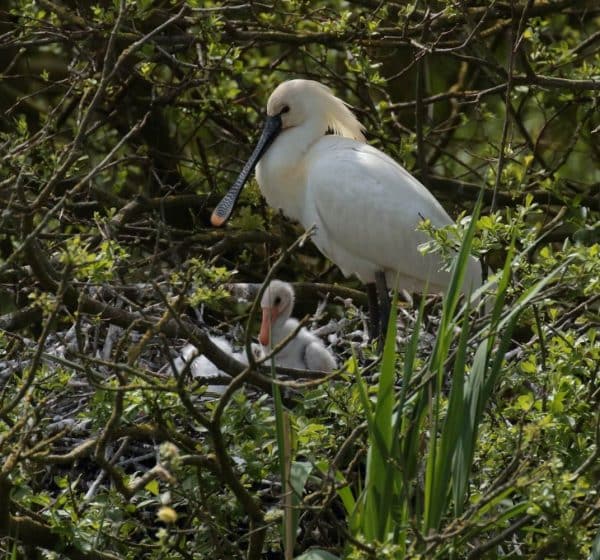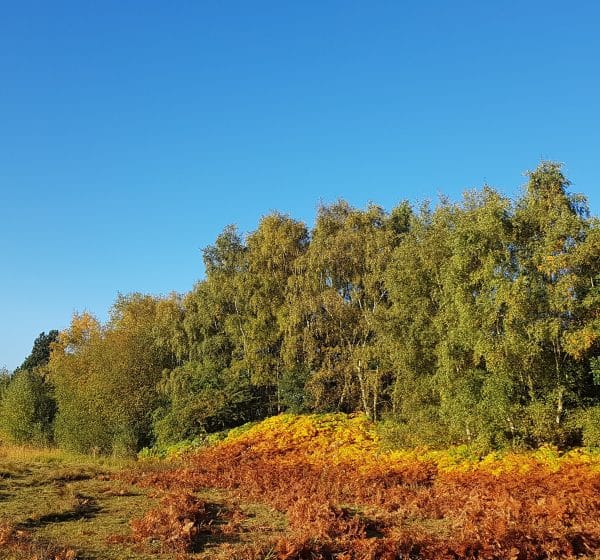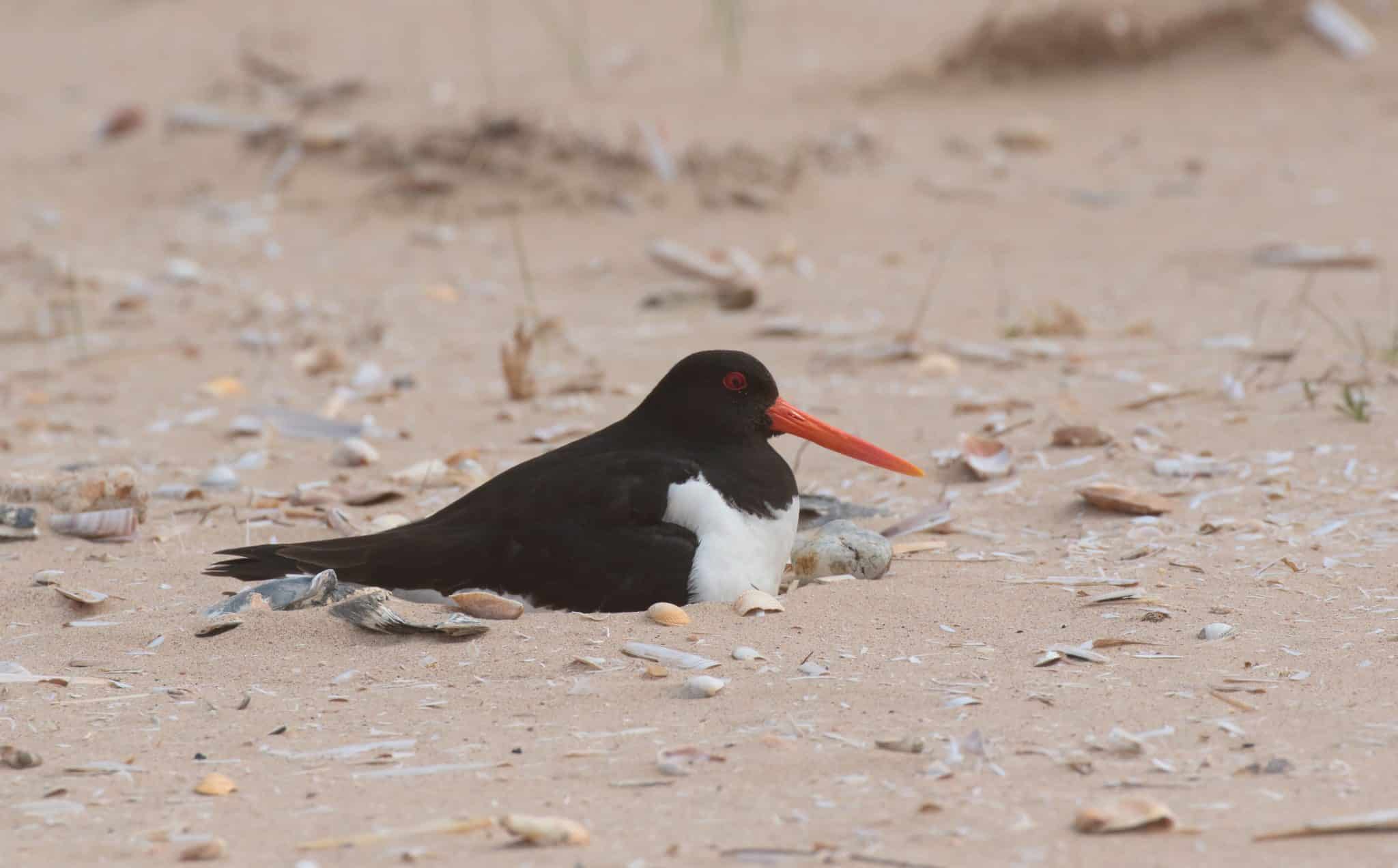
Holkham National Nature Reserve Locations
Gun Hill
From water’s edge to treetopwe’re taking care
The shingle beach at Gun Hill is the perfect habitat for some of our key breeding birds. Oystercatcher, ringed plover and little tern all camouflage their nests on the ground. The nesting area is cordoned off during the summer to protect the birds.


The saltmarsh in Overy Harbour to the south might look lifeless but they are incredibly important for birds throughout the year. During the summer months, redshank can be seen displaying and nesting across the marshes, their loud display calls can be easily heard in April and May. In the winter, flocks of brent geese and curlew can be seen feeding in the harbour
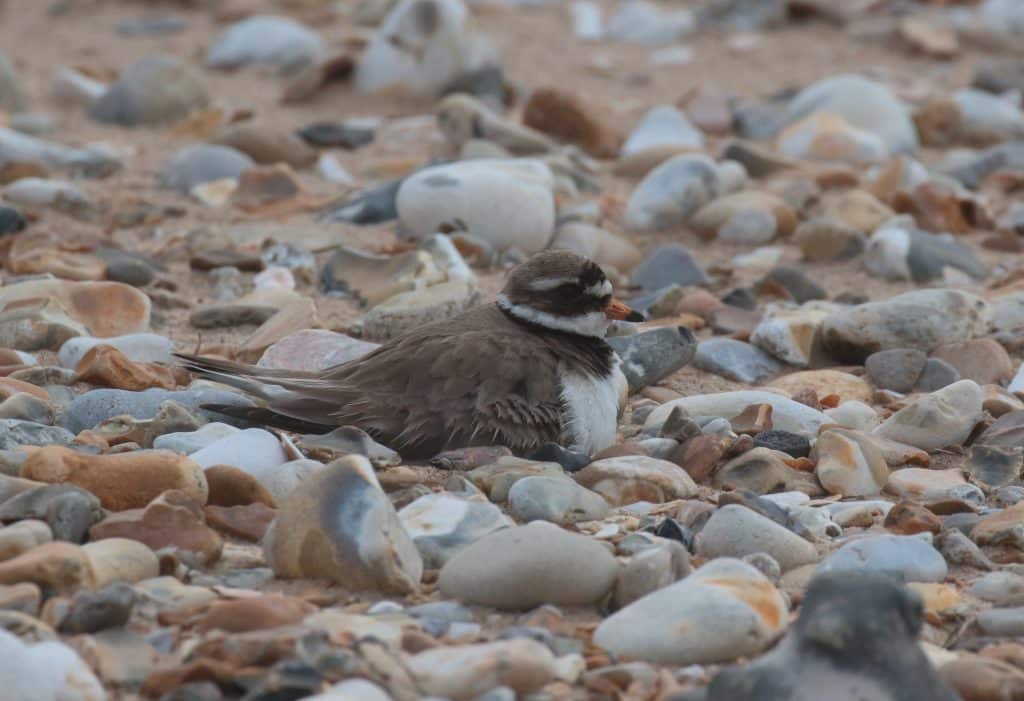
The dunes that surround you are vitally important for insects, wildflowers and especially orchids. The presence of rabbits are a vital to create the ideal short cropped vegetation that is essential.

